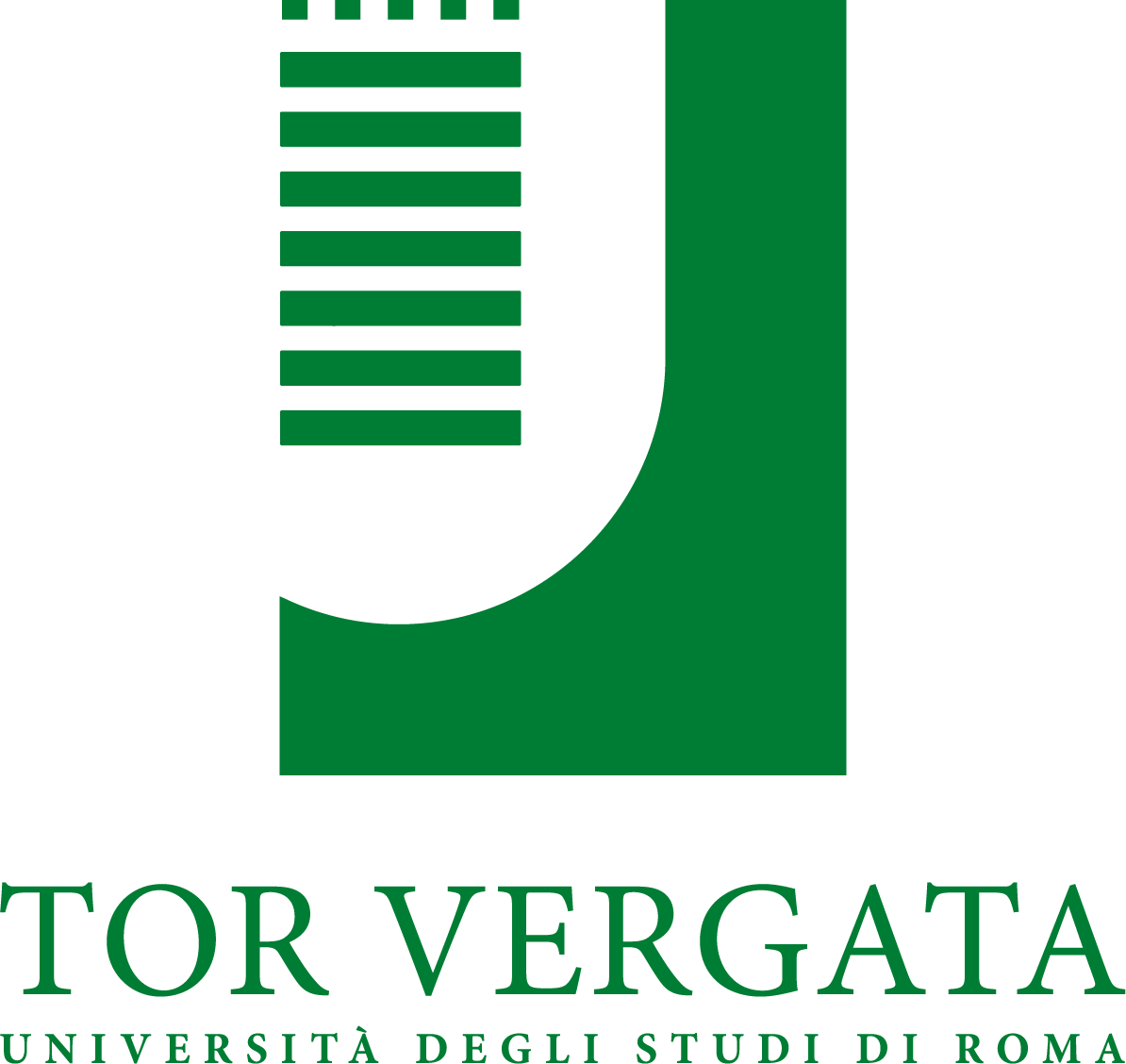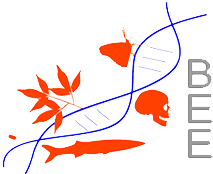Curriculum Vitae
Born in Genova, March 11, 1963
Researcher, Department of Biology, University of Rome Tor Vergata
Teaching Cytology and Histology for the first level degree in Biological Sciences, Faculty of Science, University of Rome Tor Vergata.
Phone: +39-0672594232
Fax:+39-0672594222
lucia.piredda @uniroma2.it
Education
1982-1987 Faculty of Science, University of Rome
“Tor Vergata”.
November 1987 – M. Sc in Biology .
1992 PhD in Cellular and Molecular Biology, University of Rome Tor Vergata
Brief cronology and employment:
1985 -87 – Training Fellow, Department of Biology,
University of Rome “Tor Vergata”.
1988-2001: PhD Student in Cellular and Molecular Biology, University of Rome Tor Vergata.
1991- Visiting fellow in the Laboratory of Prof. P:.J.A. Davies
at the Department of Pharmacology, University of Texas, Medical School at Houston, U.S.A.
1992- PhD with a thesis entitled: “Expression of tissue transglutaminase in correlation with apoptosis in normal and neoplastic cells.”
1994- Special School in Biotecnology (three years course).
1994- Established scientist, Department of Biology,
University of Rome “Tor Vergata”
Teaching activity.
1999-professor of “Cell biology”,
from 2001 of “Cytology and Istology”, and
from 2004 also of ” molecular methodologies in animal cytology” in quality of supply teacher, Department of Biology,University of Rome “Tor Vergata”.
Research activity
The scientific activities comprises 29 papers and 30 communications to international meeting.
Recent research by Dr. Piredda were addressed in particular to studies on autophagy. Autophagy is generally known as a physiological process involved in the degradation and recycling of macromolecules and intracellular organelles in eukaryotic cells. This process is induced in response to different types of stress, such as hormone treatments and the lack of nutrients and in these cases represents a chance of survival for the cells. Autophagy seems however also implicated in other intracellular processes, including a type of cell death active, different from apoptosis, cell death called type II. This type of cell death is involved in various human diseases including cancer. Although the elimination of tumor cells is the primary mechanism of action of anticancer drugs, has recently been shown that autophagy is involved in stress responses and tumorigenesis. In fact, in recent years the autophagic process has been proposed as one of the mechanisms of survival for cancer cells in response to radiation and to chemotherapeutic agents; however, could play a role in the elimination of cancer cells via a caspase-independent death.
In fact, several observations support the hypothesis that any inefficiency of autophagic process contributes to the onset of tumors and has also been shown that various tumor cell lines respond to treatment with chemotherapeutic agents with a type of autophagic death.
Better understand what are the molecular mechanisms and genes involved in the phenomenon of death for autophagy, may therefore be of fundamental importance in the treatment of cancer. The purpose of these studies is directed to these objectives and one of the experimental model was used the human cell line MCF-7 breast adenocarcinoma treated with certain chemotherapeutic drugs such as tamoxifen and fenretinide and recently the deacetylase inhibitors (HDACi). This chemotherapy in these cells determine a block of proliferation and induction of programmed death autophagy accompanied by typical morphological and biochemical characteristics. Therefore, this cellular system is presented as a good model for studying the molecular mechanisms of autophagy in order also to draft new anticancer therapies.
Grants
since 1992 she has partecipated and /or principal investigator in research projects from several agencies such as National Research Center (CNR), European Community (EC) , the Ministry of Italian Research ( MIUR), Istituto Superiore di Sanita ‘, Telethon, AIRC.
Selected Publications (n 10):
1. “Tissue” transglutaminase and apoptosis: sense and antisense transfection studies with human neuroblastoma cells. G. Melino, M. Annicchiarico-Petruzzelli, L. Piredda, E. Candi, V. Gentile, P.J.A. Davies and M. Piacentini. Molecular and Cellular Biology, 14, 6584-6596, 1994.
2. Differential growth of N- and S-type human neuroblastoma cells xenografted into SCID mice. Correlation with spontaneous and ethanol- induced apoptosis. M. Piacentini, L. Piredda, D. Starace, M. Annicchiarico-Petruzzelli, M. Mattei, S. Oliverio, M.G. Farrace and G Melino. The Journal of Pathology 180, 415-422, 1996.
3. Lack of Tissue transglutaminase protein cross-linking leads to leakage of macromolecules from dying cells: relationship to development of autoimmunity in MRL/lpr mice. L. Piredda, A. Amendola, V. Colizzi, P.J.A. Davies, M.G. Farrace, M. Fraziano, V. Gentile, I. Uray, M. Piacentini, and L. Fesus. Cell Death and Differentiation, 4, 463-472, 1997.
4. Tissue transglutaminase-dependent post-translational modificaton of the retinoblastoma gene product in promonocytic cells undergoing apoptosis. S. In vivo growth properties of S- and N-type human neuroblastoma cell variants in SCID mice. S. Oliverio, A. Amendola, F. Di Sano, M.G. Farrace, L. Fesus, Z. Nemes, L. Piredda, A. Spinedi and M. Piacentini. Molecular and Cellular Biology 17, 6040-6048, 1997.
5. Identification of “tissue” transglutaminase binding proteins in neural cells committed to apoptosis. L.Piredda, M.G. Farrace, M. Lo Bello, W. Malorni, G. Melino, R. Petruzzelli and M. Piacentini. FASEB Journal, 13 (2), 355-364, 1999.
6. Transglutaminase overexpression sensitizes neuronal cell lines to apoptosis by increasing mitochondrial membrane potential and cellular oxidative stress. M. Piacentini, M.G. Farrace, L. Piredda, P. Matarrese, F. Ciccosanti, L. Falasca, A:M. Giammarioli, E. Verderio, M. Griffin and W. Malorni. Journal of Neurochemistry, 81, 1-12, 2002.
7. Tissue transglutaminase is a multifunctional BH3-only protein. C. Rodolfo, E. Mormone, P. Matarrese, F. Ciccosanti, M.G. Farrace, E. Garofano, L. Piredda, G.M. Fimia, W. Malorni, and M. Piacentini. J. Biol. Chem 279, 58-74, 2004.
8. Type 2 transglutaminase and cell death. M. Piacentini, A. Amendola, F. Ciccosanti, L.Falasca, M.G. Farrace, P.G. Mastroberardino, R. Nardacci, S. Oliverio, L. Piredda, C. Rodolfo and F. Autuori. In. Transglutaminases. (Mehta K. Eckert R. eds) Prog. Exp. Tumor Res. Basel, Karger, 2005, 38:58-74, 2005.
9. Fenretinide induces autophagic cell death in caspase-defective breast cancer cells. B. Fazi, W. Bursch, G.M. Fimia, R. Nardacci, M. Piacentini, F. Di Sano and L. Piredda. Autophagy. 2008 Jul-Aug;4(4):435-41.
10. Dietary xanthone α-mangostin displays antineoplastic activity on B16-F10 melanoma cells. S.Beninati, S.Oliverio, M.Cordella, S. Rossi, C. Senatore, I. Liguori, A.Lentini, L. Piredda and C.Tabolacci. Submitted






Università di Tor Vergata